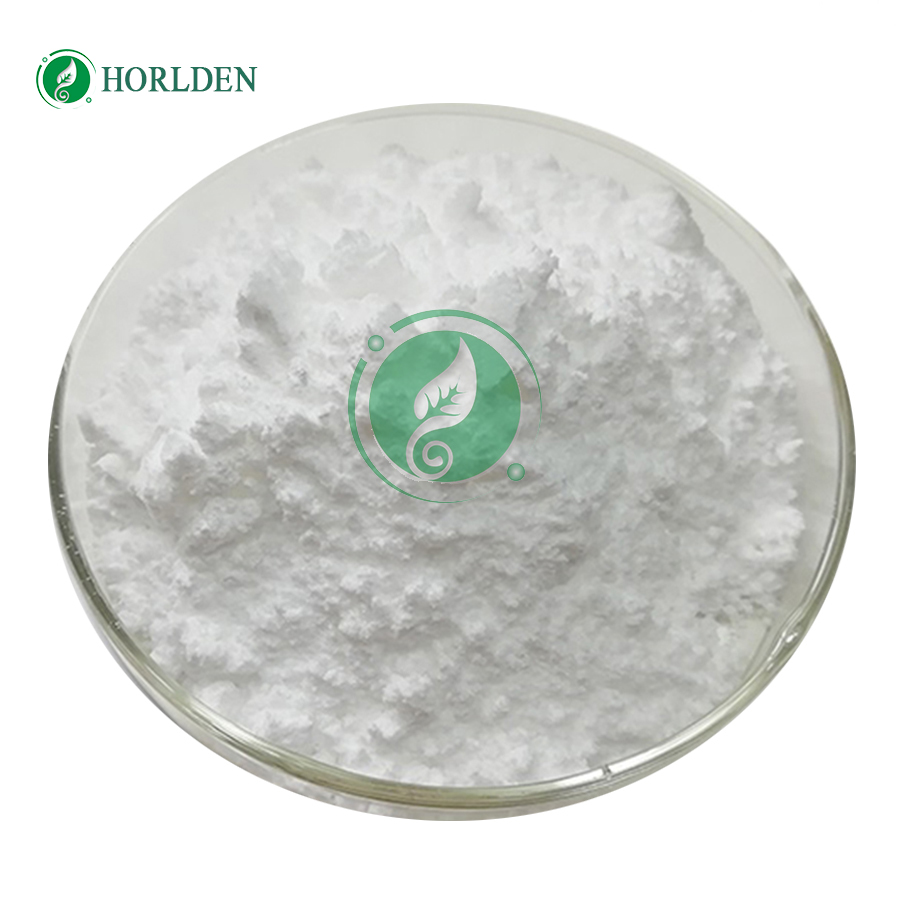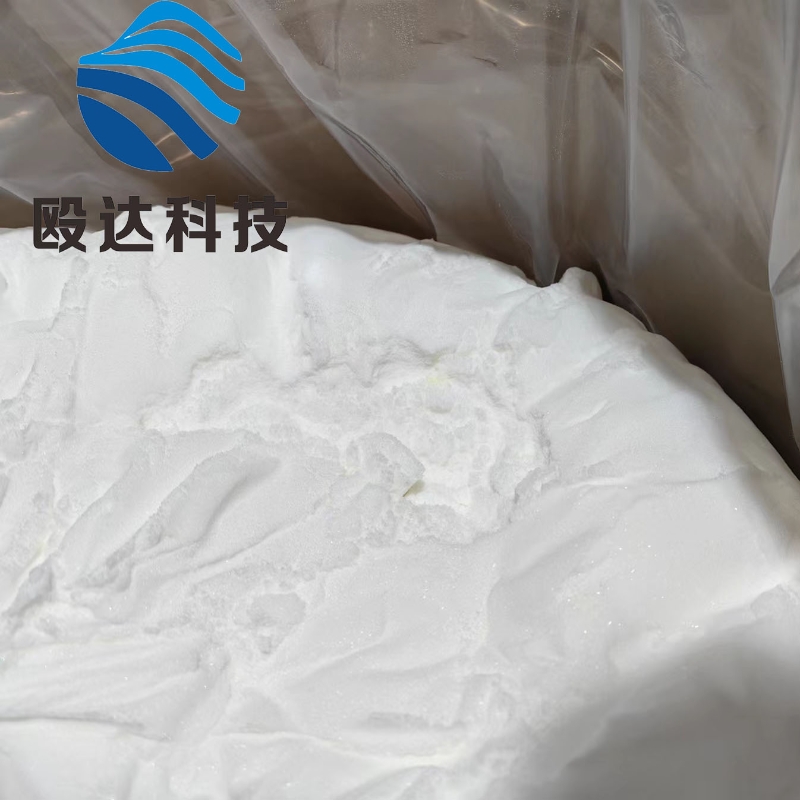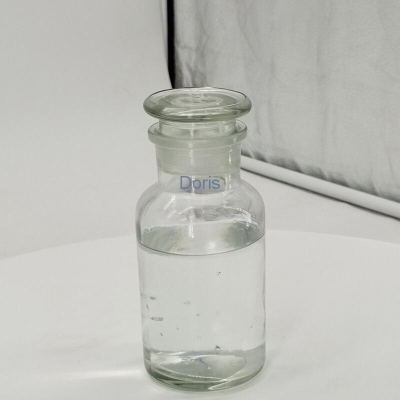-
Categories
-
Pharmaceutical Intermediates
-
Active Pharmaceutical Ingredients
-
Food Additives
- Industrial Coatings
- Agrochemicals
- Dyes and Pigments
- Surfactant
- Flavors and Fragrances
- Chemical Reagents
- Catalyst and Auxiliary
- Natural Products
- Inorganic Chemistry
-
Organic Chemistry
-
Biochemical Engineering
- Analytical Chemistry
- Cosmetic Ingredient
-
Pharmaceutical Intermediates
Promotion
ECHEMI Mall
Wholesale
Weekly Price
Exhibition
News
-
Trade Service
Leptospirosis is a zoonotic disease
The clinical manifestations of leptospirosis are diverse
Renal involvement in leptospirosis ranges from asymptomatic urinary abnormalities to severe AKI requiring maintenance dialysis therapy
Leptospirosis is diagnosed based on exposure history, risk factors, and clinical manifestations
Current laboratory tests for leptospirosis include direct differentiation (detection of trepone/DNA in a sample/organism isolated from the sample) and indirect identification (identification of serological diagnosis of leptospirosis infection/detection based on specific antibodies against leptospiros) (Table 1).
Table 1 Laboratory tests for leptospirosis
Note: LAMP, ring-mediated isothermal amplification detection; PCR, polymerase chain reaction; NGS, the next generation of sequencing technology; IHA, indirect hemagglutination test; ELISA, enzyme-linked immunosorbent assay; MAT, microagglutination test; DFM, dark-field microscope
Leptospirosis, although self-limiting and most patients have a good prognosis, requires early and aggressive treatment
Treatment of leptospirosis-related kidney disease usually depends on clinical symptoms, especially in the early stages
of infection.
Therefore, the early identification and diagnosis of leptospirosis nephropathy is a major factor leading to a good prognosis
.
Renal replacement therapy (RRT), especially early intensive dialysis, reduces the case fatality rate
of leptospirosis.
For reversal of AKI (due to direct toxins, hypotension, and hypovolemia of leptospirosis), RRT should be performed according to indications, timing, modalities, and doses administered
.
Common RRT indications are "A-E-I-O-U" (acidosis, electrolyte disturbances, poisoning, fluid overload, and uremia), of which severe metabolic acidosis, fluid overload, and uremia are the three major RRT indications
for leptospirosis.
References:
1.
Liu Bin,Xie Bo,Liang Yanchao,Huang Peng,Liu Shuangbai,Chen Fangwei.
A case of fatal jaundice hemorrhagic leptospirosis[J].
Journal of Clinical Pulmonology,2022,27(09):1456-1458.
2.
Chancharoenthana, W.
; Leelahavanichkul, A.
; Schultz, M.
J.
; Dondorp, A.
M.
Going Micro in Leptospirosis Kidney Disease.
Cells 2022, 11, 698.
3.
Sun Shiren.
Kidney injury associated with natural epidemic diseases[J].
PLA Medical Journal,2019,44(7):568-573.
]







